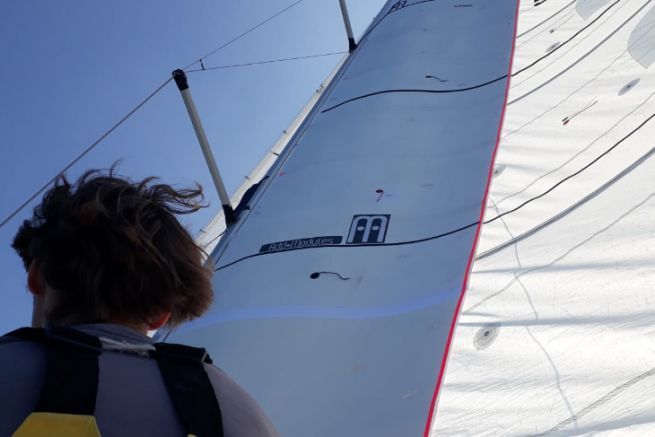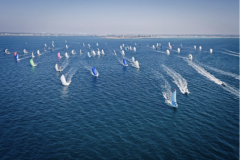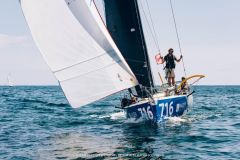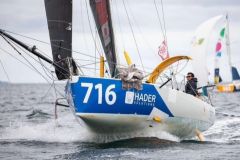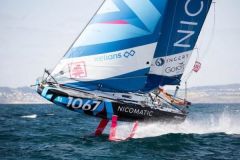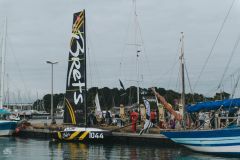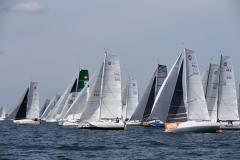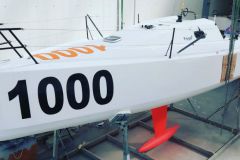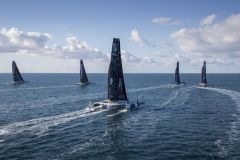Hugo Lauras will participate in the Mini Transat 2021 aboard his Pogo 2 N°512. After racing in 470 and 420, the young man has been discovering the world of ocean racing since 2018. Qualified for the transatlantic race after a 23rd place in the Les Sables Les Açores race in 2020, Hugo is still looking to complete his budget (15,000 euros for insurance, registration fees and the return by cargo ship) to set out on the ocean.
"I wanted to have fun with a boat that was not too expensive, on an engaging race. You can still find Pogo 2s on the market, I can race with the others and in my own way since it is a solo race. On Les Sables Les Açores, I came first in the pointus. It was a great experience that I would like to concretize on the Mini" he explains.
An inflatable sail for small airs
Last year, while looking for a sail for his Pogo 2, he met Antoine Debled, inventor of the ADD Modules wing-sail, a thick inflatable sail solution. The latter offered to equip his Mini 6.50 with this sail, which he could develop in collaboration with the skipper of the Pogo 2 N° 512. Hugo is the only one in the fleet to have opted for this system.
This sail is composed of two foam plates positioned on the front. Between the sail and the foams, two manually inflatable bladders "thicken" the sail.
"The objective is to get a little closer to an airplane wing and to have thickness on the front of the sail, by inflating the windward part of the sail. We gain thickness on the front, but also on the hollow part. When there is no wind, it is quite beneficial. It allows you to catch the smallest air stream. The fact that it is thick also makes it more tolerant. Every time I change tack, I swap inflations" says Hugo.

This system allows to gain lift, especially when there is little air and especially downwind. It also stabilizes the sail, while protecting it thanks to the foamed panels.
If Hugo gains in sailing performance, the handling is a bit more complicated. First of all because it is heavy to hoist and lower because of the foam panels. Also because it takes more space to store.
"It's a technology that could be of interest to boaters, because there's no need to de-rig the sail every time, unlike racing boats. It zigzags directly into place, so it's easy to store in an easy bag. Finally, the foam panels protect it so that it doesn't get damaged as quickly explains Hugo. A solution that Antoine Debled would also like to offer to commercial boats.
A version 2 tested on the Pornichet Select
After a first test on the race Les Sables Les Açores, the system has evolved a bit. Hugo will test it on the Pornichet Select, which he will race on May 1st.
"In version 1, the foam plates did not go down to the boom. In this 2nd version, they go all the way down to the bottom, being glued to the luff, which offers more benefits thanks to the thickening of the sail. I had decided not to inflate the bottom of the sail to reef it more easily, but I realized that it was not a problem, hence this 2nd version concludes Hugo.
